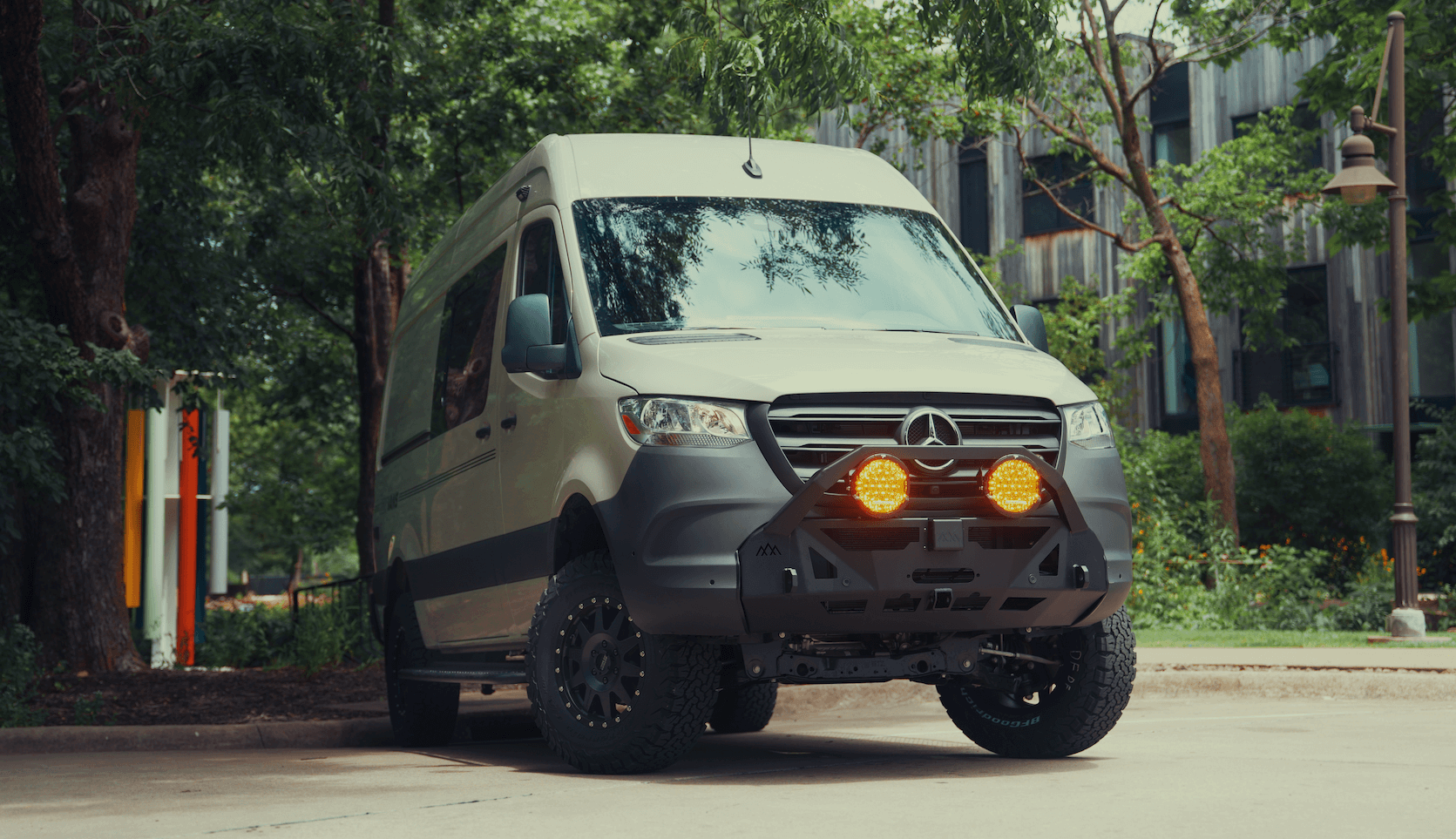Recreational Vans

Inverter idle draw is the power an inverter consumes simply by being switched on, even when no appliance is plugged in. Manufacturers may label it as idle consumption, no load draw, standby power, or quiescent current. Internally, control electronics, gate drivers, transformers or inductors, cooling fans, and relays all require energy to keep the AC output ready.
Idle draw is usually specified in watts. To understand its effect on a battery bank, convert watts to DC amps using A = W ÷ V. For a 12 volt system, a 24 watt idle equals roughly 2 amps continuous. Over 24 hours, that is about 48 amp hours, which can be a large chunk of a 200 amp hour battery bank. With lithium batteries, that might translate to more than 20 percent of usable capacity gone before you run a single appliance.
Common ranges:
Those numbers vary by brand, topology, and settings. Some inverter chargers draw extra power when their charger or transfer functions are enabled, even without AC loads.
In small battery systems, idle power can be the difference between waking up to healthy state of charge or a low voltage alarm. It matters most when:
Efficiency curves compound the issue. Inverters are most efficient at moderate load. At very low load, efficiency falls, so delivering a few watts to a device may require several more watts in overhead. That overhead stacks on top of idle draw, eroding runtime.
Search or eco modes can help. The inverter “sleeps” at a very low draw and wakes when it senses an AC load above a set threshold. This works well for devices that create a clear load when turned on, like a kettle or induction cooktop. It may not wake for tiny parasitic loads or some power supplies that ramp up slowly, so tuning the detection threshold is key.
A battery monitor with a shunt is the most reliable way to see true inverter idle draw on the DC side. With all AC loads unplugged or off, turn the inverter on and note the net current at the battery. A DC clamp meter on the main positive can also work, but shunts are more precise at low currents.
Cross check with:
Always measure after warm up, as some units stabilize a minute or two after power up. If the inverter has a fan curve, temperature can affect readings as well.
A thoughtful system layout can cut idle losses dramatically while keeping your daily flow intact.
Right size the inverter
Use two inverters when it makes sense
Lean into DC native devices
Enable search or eco mode
Add simple controls
Keep wiring and settings tidy
Consider a 30 watt idle draw:
Cutting idle to 6 watts with search mode:
A 3000 watt inverter used only for a coffee maker once a day often idles at 40 to 60 watts for the other 23 hours. Multiply that by days and you have a steady drain that forces larger batteries and more solar just to keep up. A right sized inverter, or a dual inverter strategy, supports the same beverage ritual without the background waste.
Once you understand idle draw, the next step is building a system that respects your battery bank and your routine. That means sizing the inverter for your real appliances, wiring it with clean power paths, and setting controls that match your habits. It also means selecting DC native gear that reduces how often you need AC in the first place.
At OZK Customs, we design van electrical systems around how you live on the road. We specify inverters with low standby consumption, program search mode thresholds that reliably wake for your loads, and install remote switches where your hand naturally reaches. We validate idle draw on a calibrated shunt and document the settings so you can reproduce them after any firmware updates. From battery chemistry to cable gauge and fusing, every piece plays a role in keeping idle overhead low.
If you want a complete build that makes power management effortless, explore our Recreational vans to see how we tailor layouts and systems to real travel. Ready for a blank sheet design with wiring diagrams, component selection, and professional installation centered on your use case? Start a conversation on our Custom build van page. Looking for a financed platform as a starting point with efficient power onboard? Check out our Mainstream vans options.
Tell us how you camp, what you power, and when you want the inverter on. We will map your idle draw, right size the system, and hand you a van that sips energy when it rests and delivers when you need it. Fill out the form and let us craft the electrical backbone for your next trip.
Ready to stop wasting amp hours on idle draw and build a smarter power system? Tell us how you travel, your gear, and your must run appliances. OZK Customs will design and install a right sized inverter, optimized wiring, and smart controls that keep your batteries full and your trip rolling. Start your build plan today.
ADDRESS:
6159 E Huntsville Rd, Fayetteville, AR 72701
PHONE:
(479) 326-9200
EMAIL:
info@ozkvans.com